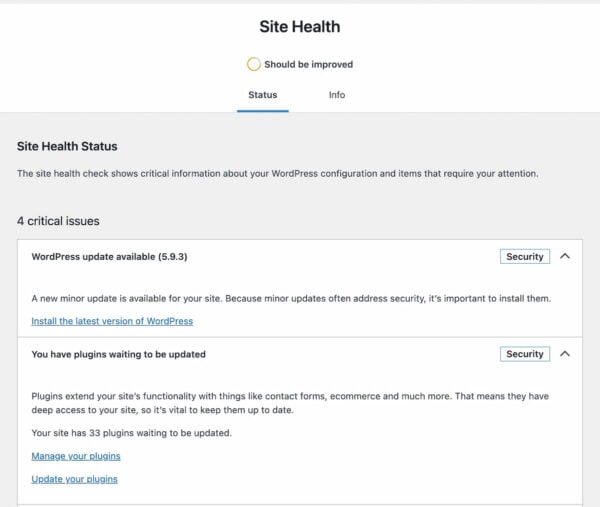A tutorial to higher rankings for WordPress sites
WordPress is one of the best content management systems for SEO. But even though it gets a lot right “out of the box,” there’s much more that you can do to improve your performance. It’s time to focus on WordPress SEO!
Optimizing your site using the tactics and best practices outlined in this article will help you improve your rankings, gain more subscribers or sales, and have a better website.
Because you should ingrain proper SEO in all aspects of your online marketing and PR, this guide covers quite a lot of ground! It’s a long read, so feel free to use the table of contents below to jump around.
Before we start…
This article assumes that you’re using our Yoast SEO plugin, which adds more features and SEO tools to WordPress. If you’re not already using it, you can set it up right away with our beginner’s guide to Yoast SEO. Please check out the Yoast SEO for Shopify app if you are running a Shopify online store.
Read more: How much does Yoast SEO cost? »
Most of the principles will still apply if you’re using another SEO plugin. Of course, we’d prefer you to switch over and use our powerful WordPress SEO plugin, which is why we’ve written a migration guide for you. It’s a straightforward process!
Table of contents
- Get your basic WordPress SEO right
- Optimize your content
- Optimize your site structure
- Speed up your WordPress website
- Secure your WordPress website
- Cater to your mobile visitors
- Analyze and improve your performance
- Promote your site
- Conclusions
Get your basic WordPress SEO right
Out of the box, WordPress is a pretty well-optimized content management system. A basic setup can provide a strong foundation without extensive customization, theme optimization, and plugins. Beginners can get started pretty quickly with WordPress SEO. That said, you can do a few things with WordPress SEO to increase your chances of ranking, refine your workflow, and make sure your website is perfectly optimized.
By putting the correct basic settings in place and applying a few simple techniques, you can ensure that you have a solid foundation to build upon!
1.1. Check your site health
Before you make any changes to your site, it is good to see where you are now. There’s a lot to gain from getting it right: running your website on a server with updated software at a web host that offers excellent performance. So ask yourself: on what hardware and software are your sites running? What is your hosting plan? Are you using a budget shared hosting provider, or have you invested in a dedicated hosting plan at a well-known web host that fine-tuned its servers with WordPress?
To find out what’s going on behind the scenes of your site, you can visit the Site Health section in WordPress. Also, you could choose to install the Health Check plugin. This plugin gives you loads of technical insights and helps you get information that outside parties can use to help you improve your site. Eventually, all features of the Health Check plugin will move to WordPress core.

No comments:
Post a Comment